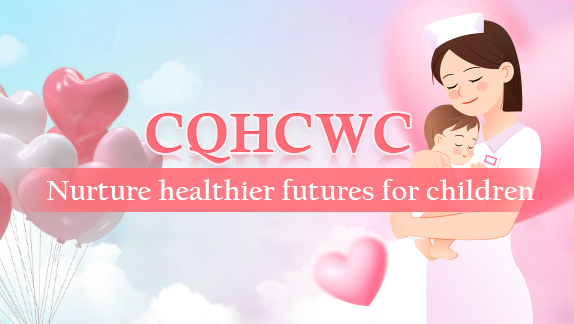Reasons for failure of IVF embryo transfers
In some cases, women who receive IVF-assisted pregnancy -- or in vitro fertilization -- have normal physical indicators, but they still fail after receiving an embryo transfer. The reasons for failure may be these following factors:
1. Embryo
Since the lab technicians only make subjective evaluations based on the appearance of the embryo and the development of the embryo in the days after its formation, it is likely that different laboratories will make different evaluations of the same embryo. It is impossible to accurately predict its developmental potential and implantation probability by relying solely on the observation of the appearance of the embryo.
The chromosome and gene of the embryo are also directly related to the development ability of the embryo.
In addition, for the quality of embryos, the most significant factor is women's age. After 35 years of age, the rate of chromosomal abnormalities in embryos increases sharply. Such embryos may be normal in appearance but may not have the ability to conceive into normal fetuses.
2. Uterus
This reason mainly refers to endometrial receptivity, that is, the ability of the endometrium to accept embryos and its ability to conceive embryos.
Thickness, blood flow, morphology, volume, peristaltic waves, expression of related cytokines, implantation windows and heterogeneity of endometrial tissues are all important indicators of endometrial receptivity.
However, most of these are still limited to the stage of medical research and cannot be easily detected and treated in the clinic for improvement. Defects in either of these factors can adversely affect endometrial receptivity.
3. Endocrine factor
Abnormal thyroid functions, hyperprolactinemia and endometriosis, may affect the normal implantation of embryos. Therefore, a detailed physical examination should be conducted before receiving IVF-assisted pregnancy. If endocrine factors affecting embryo implantation are found, timely treatment should be carried out.
4. Immune factor
In the process of embryo transfer, if the maternal immune function is abnormal, it may lead to multiple implantation failure or spontaneous abortion.
However, the research on the influence of immune factor on embryo implantations still lacks sufficient clinical basis. In actual clinical practice, there are not too many patients who are really diagnosed as embryo implantation failure or abortions caused by immunological factor.
5. Psychological factor
Clinical studies have shown that patients treated with IVF tend to have excessive psychological stress, which may lead to endocrine disorders, uterine smooth muscle contraction disorders or affect more potential implantation factors, leading to embryo implantation failure.
Therefore, more and more reproductive centers have set up psychological outpatient clinics to help patients relieve the emotional pressure and encourage couples to support each other.
In addition, a common factor that easily affects the success rate of embryo transfer in IVF clinics is hydrosalpinx, its own toxicity -- and the washout effect of hydrosalpinx on the endometrium will seriously affect the success rate of IVF.
And affected by hydrosalpinx, the abortion rate and the probability of ectopic pregnancy will also significantly increase. Tubal ligation or removal is the most effective method to cure hydrosalpinx at present, but surgery may have a certain degree of impact on ovarian and the uterine's blood flow.
Therefore, whether to use surgery to eradicate hydrosalpinx needs to be decided, in combination with the professional advice of doctors and patients' own wishes.
Whether the embryo can be implanted smoothly will be affected by numerous uncertain factors; too many factors cannot be evaluated and confirmed at present. As a patient, the most important thing is to maintain a calm mind, actively cooperate with the doctor's medical treatment, try not to think too much or seek medical treatment outside the hospital -- and trust the advice on treatment of the doctors at an authoritative reproductive center.

 CQHCWC: Nurture healthier futures for children
CQHCWC: Nurture healthier futures for children How to help children develop healthy eating habits
How to help children develop healthy eating habits Wechat
Wechat Weibo
Weibo